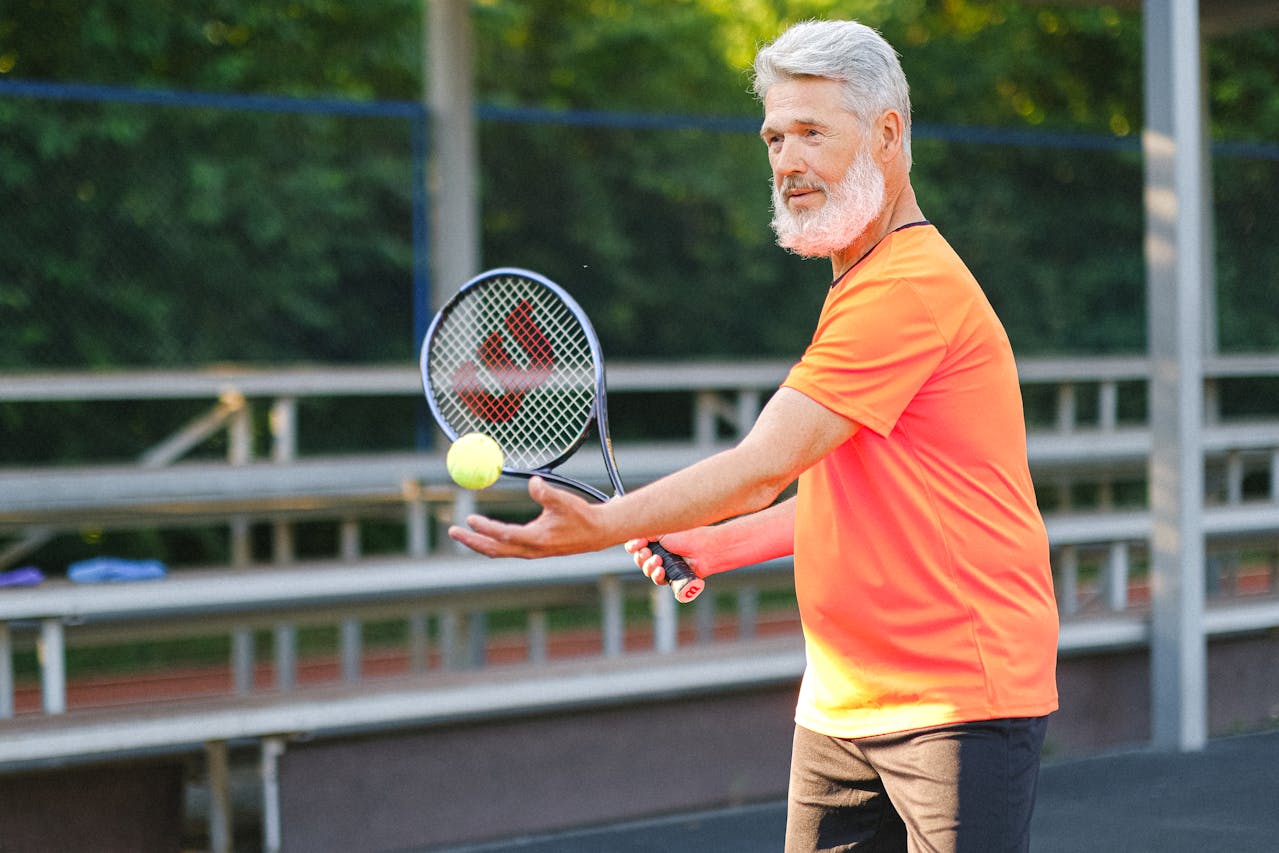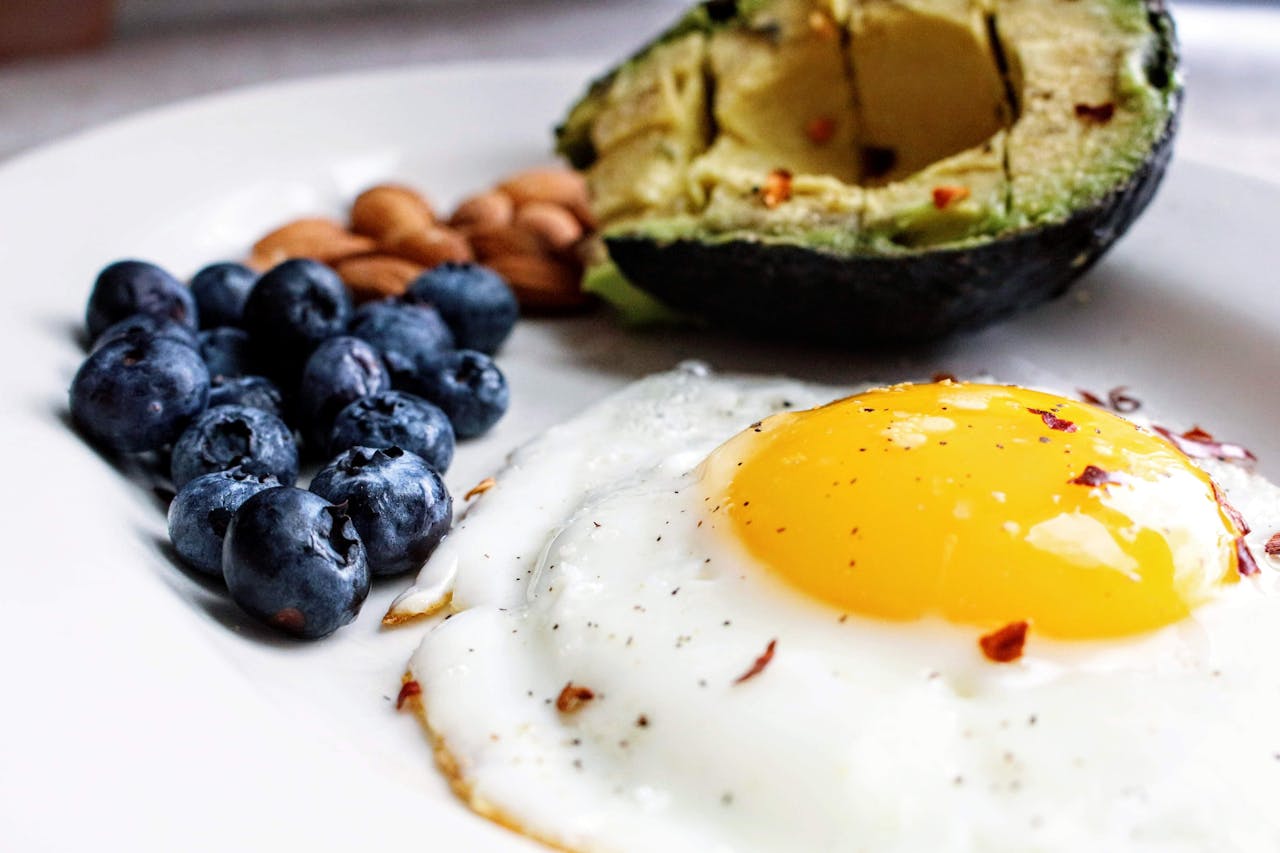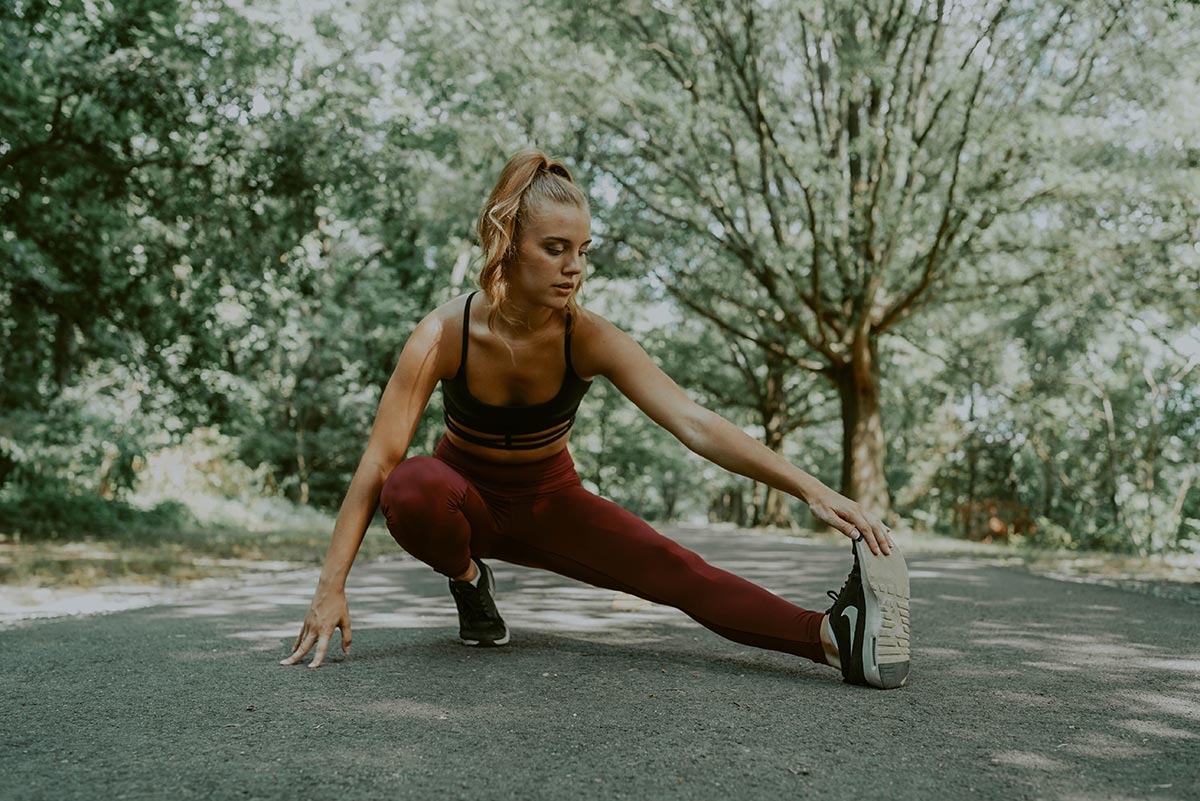The New Temple of Eternal Youth
Gone are the days when gyms smelled like sweat and testosterone. Today, they smell like eucalyptus oil and financial anxiety. Welcome to the Longevity Gym – where your resting heart rate, DNA methylation age, and mitochondrial output are all optimized before you even pick up a dumbbell. In Los Angeles, Austin, and Miami, these temples of high-tech health are popping up faster than you can say “bioavailable magnesium.”
NAD+ Drips: Peak Performance, One Vein at a Time
In America, optimization is never subtle. If there’s a molecule that might slow aging, you don’t just eat it – you inject it. NAD⁺ infusions are the latest darling of the tech elite: $500 for a slow intravenous drip that claims to boost energy, repair DNA, and delay decay. The evidence? Sparse. The Instagram aesthetics? Priceless.
For the more supplement-savvy (or needle-averse), oral precursors like NR (Nicotinamide Riboside) and NMN (Nicotinamide Mononucleotide) offer digestible alternatives. Both are NAD⁺ precursors – meaning your body converts them into NAD⁺ inside your cells. NR is more stable, better studied in humans, and often used in commercial products like Tru Niagen[2]. NMN has gained cult status thanks to longevity evangelists like David Sinclair, but its oral bioavailability is debated[3].
Infusions skip digestion entirely and push NAD⁺ straight into your bloodstream. Sounds efficient – until you realize that NAD⁺ can’t directly enter cells from the bloodstream without conversion anyway[4]. So you’re paying for absorption that may still not translate into action. But hey, the drip looks great on TikTok.
Cold, Hard Cash: The Plunge That Broke the Bank
Few things scream “optimized” like submerging yourself in an ice tub that costs more than your first car. The $5,000 cold plunge is a staple of modern longevity gyms – often paired with infrared saunas, cryotherapy, and coaches with names like “Travis” who speak in HRV acronyms. The irony? Cold showers do 90% of the same job – and cost nothing but resolve.
Meanwhile, in Canada, people just call this “February.” They also live longer than most Americans and somehow manage it without a subscription-based hypothermia protocol.
What Exactly Are You Testing?
Longevity gyms love diagnostics. One popular offering: epigenetic age testing. Unlike your chronological age, your epigenetic age tries to estimate biological wear-and-tear based on chemical tags on your DNA (called methylation markers). Some labs claim they can calculate how “young” or “old” your body really is. It’s edgy. It’s expensive. And it’s... controversial.
Tests like Horvath clocks or GrimAge have shown promise in research settings[5], but critics argue that commercial versions lack standardization. Also: what exactly do you do with that information? One gym promises “personalized protocols” based on your methylation score. Translation: a vitamin D shot and a $300 supplement stack.
Telomeres: The Original Anti-Aging Buzzword
No longevity pitch is complete without mentioning telomeres – the protective caps on your chromosomes that shorten with age and cell division. In theory, longer telomeres = slower aging. In practice, most telomere-lengthening claims are marketing fantasy. Regular exercise, sleep, and not being chronically stressed appear to help[6]. No gym, no drip, no algorithm can change that.
But if you really want to measure your telomeres, just know that the results vary wildly between labs and don’t predict mortality nearly as well as lifestyle metrics like VO₂max. Still, they make a great upsell.
Evidence vs. Hype: The Longevity Grid
| Intervention | Evidence-Based | Hype Factor | Cost per Month |
|---|---|---|---|
| Resistance Training | ✅ Yes | ⭐ | $0–50 |
| NAD⁺ Infusion | ❌ Weak | ⭐⭐⭐⭐ | $200–600 |
| Cold Plunge | ⚠️ Context-dependent | ⭐⭐⭐⭐ | $5,000 (device) |
| EpiAge Testing | ⚠️ Experimental | ⭐⭐⭐ | $300/test |
| Rapamycin (off-label) | ⚠️ Risky | ⭐⭐⭐ | $50–200 |
| Sleep, Diet, Walking | ✅ Solid | ⭐ | Free |
Track It Till You Hate It
With Apple Watch, Oura Ring, Whoop Strap, and now CGMs, many longevity gym members resemble airport security nightmares. The irony? Constant tracking can elevate cortisol, reduce sleep quality, and trigger performance anxiety – exactly what you're trying to prevent. If your ring tells you to sleep more and you stay up worrying about your sleep score, you're not optimizing – you're spiraling.
North of the Border: Longer Lives, Fewer Lasers
Canadians walk more, stress less, and somehow outlive most of their southern neighbors – all without epigenetic printouts or mitochondrial syncing. They plunge into lakes, not self-cleaning biochambers. Their wellness hack? Universal healthcare and public parks. No wonder they don’t need $12 adaptogen lattes or a wellness coach with a crypto side hustle.
Sometimes, the secret to longevity isn’t “MitoSync® Protocol” – it’s snowshoes and humility.
The Immortality Industry
Longevity gyms aren’t just a trend – they’re a business model. Memberships range from $250 to $700 per month, not including add-ons like genomic decoding, hormone panels, or IV stacks named after Norse gods. As always, marketing outruns science. Personalized longevity programs sound compelling until you realize most of them recycle the same three ideas: sleep better, move often, stress less.
Live to 120? Maybe. Just don’t forget your membership auto-renews every 30 days.
Longevity, Unbranded
For all the noise, the core truth remains refreshingly analog: lift weights, go outside, eat real food, and sleep. No sensor can replace discipline. No subscription will outpace VO₂max. And no mitochondria need a logo.
So if you’re skipping leg day but measuring your telomeres – maybe it’s time to re-evaluate.
Sources:
[1] Blitzer A, Brin MF. (1991). The dystonias. Scientific American, 265(3), 88-95.
[2] Trammell SAJ et al. (2016). Nicotinamide riboside is uniquely and orally bioavailable in mice and humans. Scientific Reports, 6:26933.
[3] Mills KF et al. (2016). Long-term administration of nicotinamide mononucleotide mitigates age-associated physiological decline in mice. Cell Metabolism, 24(6), 795–806.
[4] Rajman L, Chwalek K, Sinclair DA. (2018). Therapeutic potential of NAD⁺-boosting molecules. Cell Metabolism, 27(3), 529–547.
[5] Horvath S. (2013). DNA methylation age of human tissues and cell types. Genome Biology, 14:R115.
[6] Shalev I. (2012). Telomeres and health: a perspective on causality. Psychoneuroendocrinology, 37(8), 1275–1285.













